Fungus
gamekeeper
16 years ago
Related Stories
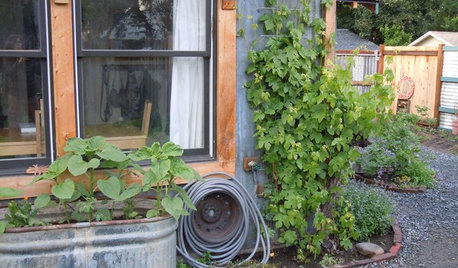
GARDENING GUIDESEdible Gardening Essentials: Tips for Traditional Hand Watering
Save the expense and hassle of a complicated garden system with a simple watering can or inexpensive hose add-ons
Full Story
HEALTHY HOMEWhat You Need to Know About Dust and How to Fight It
Breathe easier with these 10 tips for busting mites, dander and other microscopic undesirables
Full Story
GARDENING GUIDESPacific Northwest Gardener: What to Do in June
Now's the time to prune pines and vines, prevent pests and buy June-blooming plants to keep your garden healthy and beautiful
Full Story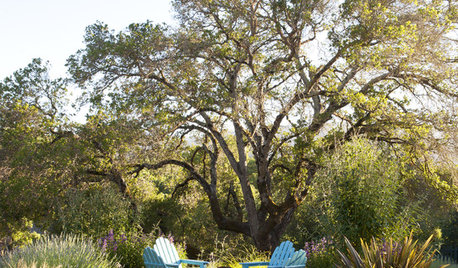
GARDENING GUIDESWhat to Plant Under Western Native Oak Trees
Keep your tree healthy by underplanting with ground covers, grasses, perennials and shrubs that thrive in dry summer conditions
Full Story
GARDENING GUIDESCommon Myths That May Be Hurting Your Garden
Discover the truth about fertilizer, soil, staking and more to keep your plants healthy and happy
Full Story
HOUSEPLANTSIndoor Winter Gardens for Cheerier Days
Bring plants inside for drab-days mood boosting — not to mention cleaner indoor air and protection for your greenery
Full Story
MOST POPULARHow to Get Rid of Those Pesky Summer Fruit Flies
Learn what fruit flies are, how to prevent them and how to get rid of them in your home
Full Story
WINTER GARDENINGPruning Secrets for Exquisite Roses
Encourage gorgeous blooms year after year with this time-tested advice on how to prune your rosebush in winter for health and shape
Full Story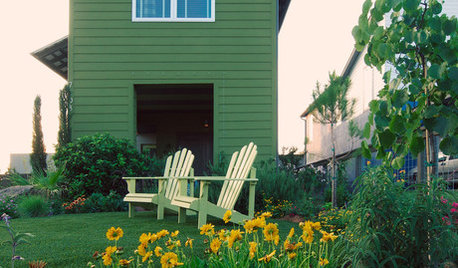
HOUSEKEEPINGTo-Dos: Your July Home Checklist
Get your safety and housekeeping ducks in a row so you can splash into carefree summer fun
Full Story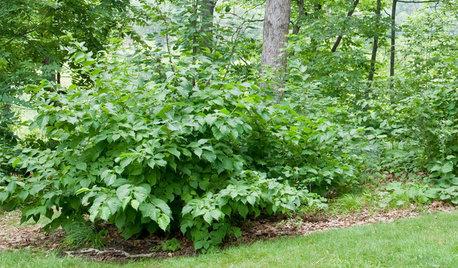
GARDENING GUIDESGreat Design Plant: Corylus Americana Awakens the Woodland Garden
Plant American hazelnut for three seasons of interest and to feed our furry and feathered friends
Full StoryMore Discussions






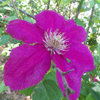
shiao
nckvilledudes
Related Professionals
Ashland Landscape Architects & Landscape Designers · Fort Lee Landscape Architects & Landscape Designers · South Orange Landscape Architects & Landscape Designers · Waterbury Landscape Contractors · Apollo Beach Landscape Contractors · Belvedere Park Landscape Contractors · Cicero Landscape Contractors · Cockeysville Landscape Contractors · Elkridge Landscape Contractors · North Highlands Landscape Contractors · Parker Landscape Contractors · San Antonio Landscape Contractors · Waterford Landscape Contractors · Weymouth Landscape Contractors · Silver Firs Landscape Contractorsbuyorsell888
gamekeeperOriginal Author
gamekeeperOriginal Author
nckvilledudes